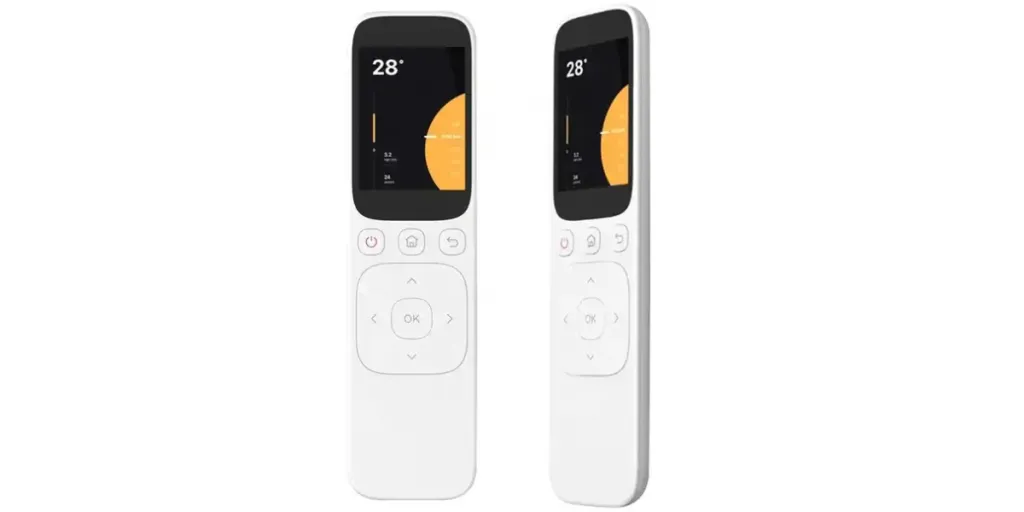Bone conduction headphones are the latest in sport headphone technology, but are they worth the investment? Here we will talk about what bone conduction is, how these headphones work, their benefits and why consumers love them.
Table of Contents
The market for bone-conduction headphones
What is bone conduction?
Do bone conduction headphones sound good?
Eight remarkable bone conduction headphones
Bone conduction technology is the future
The market for bone-conduction headphones
The global bone conduction headphones market will be worth $ 653.5 million in 2022 and it’s projected to reach $ 3,009.1 million by 2028 with a compound annual growth rate of 24.4%. Bone-conduction headphones are great for athletes and those who need to hear surrounding noise while listening to music.
Also, they’re often a great choice for swimmers. In short, bone-conduction technology is a great alternative to traditional headphones for everyone, especially consumers with hearing disorders. The two major factors driving this market are the increasing rate of hearing disorders, and the device’s superior features.
What is bone conduction?
Bone conduction is the process of hearing sound that is conducted to the ear through the bone (as opposed to air). Bone conduction is something we experience all the time, most regularly through our voice. When we hear ourselves speak, we naturally hear our voice through air and bone conduction – this is the primary reason we think our voice sounds different when recorded. In a recording, only the air-conducted voice is picked up.
The difference between bone conduction and air conduction
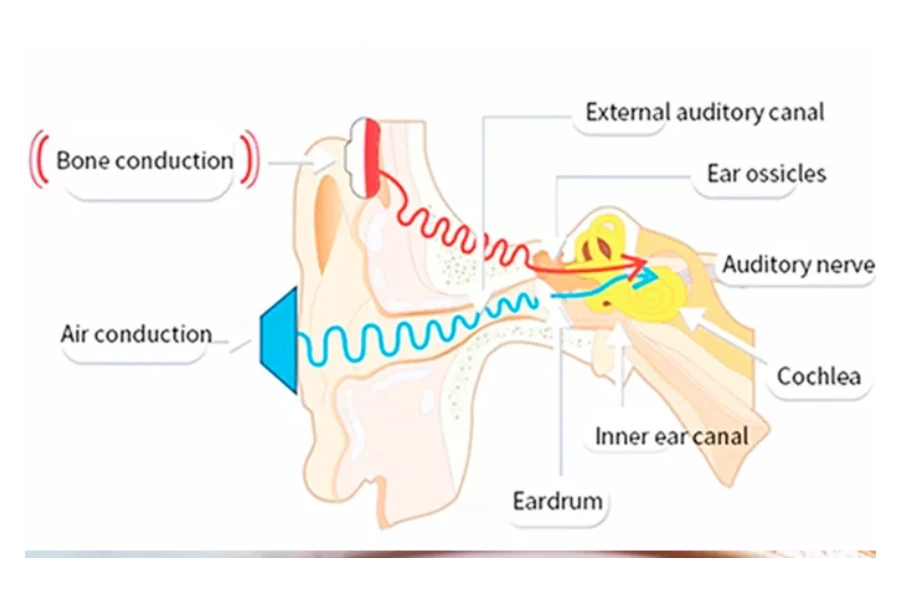
Bone conduction open-ear
Bone conduction headphone works through sound conducted as subtle vibration along the bones to the inner ear. The sounds bypass the eardrum and relay directly to the inner ear. As a result, bone conduction headphones are able to sit on the outside of the ear leaving the ear canal open to ambient noise.
Air conduction open-ear
Air conduction technology works a little differently than bone conduction. With the air conduction design, two holes are added to the earbud so the ear can be left open and the sound can be conducted by air. One hole is close to the ear and transmits sound through air, while the other is located on the opposite side to reduce sound leakage.
While this design can allow for some situational awareness, as with bone conduction, it requires a louder volume to ensure sound clarity, which then drowns out the ambient noise. Air-conducting headphones also require a larger battery capacity, which causes an increase in weight, which could cause the earbuds to move and shift during high-impact activities.
Do bone conduction headphones sound good?
While bone conduction headphones have decent audio performance, they’re never going to get the same sound quality you would from a pair of in-ear or over-ear headphones. That said, there are many benefits of choosing open-ear bone conduction headphones, especially for exercise (they just might not be a person’s everyday headphones).
Benefits of an open-ear design
There are several benefits of using an open-ear bone conduction headphone design:
- Safety – bone conduction headphones don’t block noise like other headphone options, which can keep people safe and aware of their surroundings. For outside workouts, consumers need to be able to hear hazards such as traffic and wildlife.
- Connection – when engaging in group workouts or going for a run/walk with a partner, bone conduction headphones allow consumers to listen to music and hear.
- Comfort – in or on-ear headphones may bounce around or fall out during intense exercise, whereas bone-conduction headphones create a more comfortable experience during high-impact activities.
- Hygiene – with nothing inside the ear, there is less irritation from sweat during workouts. And many bone-conduction headphones are also waterproof, making them easier to clean.
Are there health benefits of bone-conduction headphones?
In addition to the above safety benefits of being more aware of surroundings while working out, bone conduction headphones could be better for a person’s health because they don’t drive air directly into a person’s ear drums which can lead to damage (particularly at loud volumes).
Eight remarkable bone conduction headphones
Here are eight types of bone conduction headphones to have in stock starting with the most basic options. The things to look at when considering which bone conduction headphones are the weight, waterproof rating, Bluetooth transmission distance, and whether or not they have their own internal storage.
Consumers that need headphones for swimming will prefer one with the highest waterproof rating, internal storage for music as most headphones, and a bluetooth transmission distance of 10 to 15 meters.
Basic bone conduction headphones
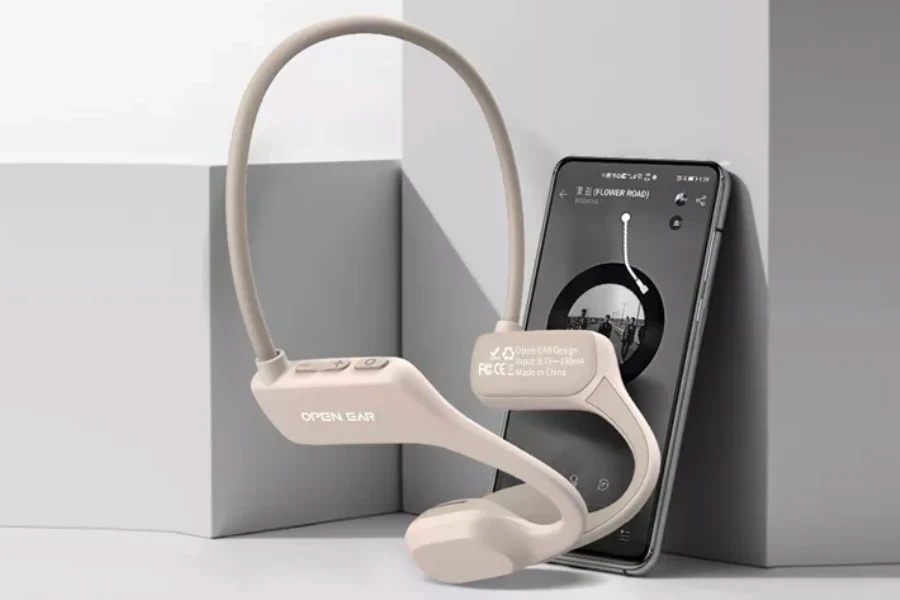
Weight: 28g Water resistance rating: IPX5 Battery life: 7 hours Transmission distance: 10m
These are lightweight bone conducting headphones that are waterproof enough for rain and sweat with long-lasting battery life. They boast of having a high-fidelity audio output that offers listeners an immersive sound quality experience and creates a sense of space. Hence, these basic headphones are great for many users.
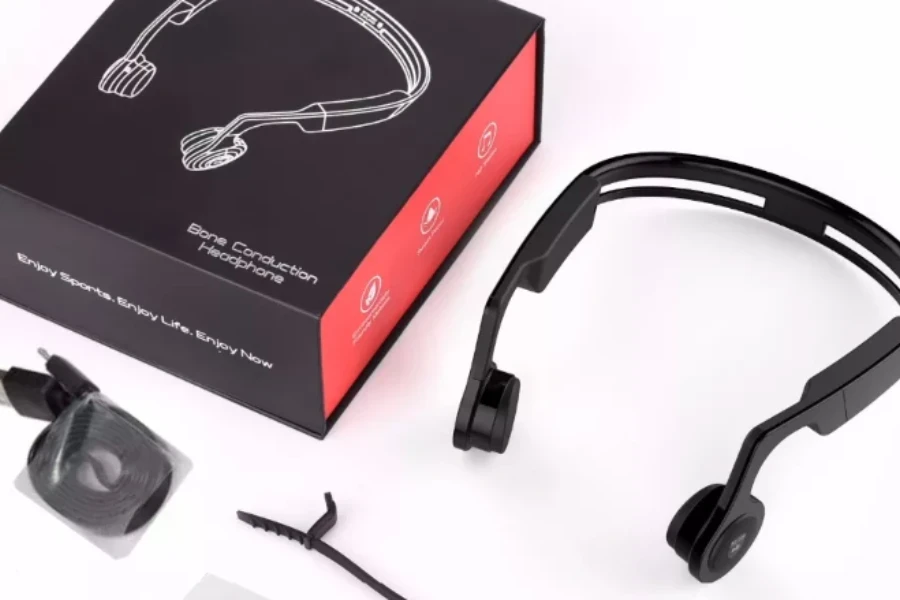
Weight: Water resistance rating: IPX4 Battery life: 6 hours Transmission distance: 10m
Unfortunately, this option doesn’t list the weight but it’s comparably similar in weight to the previous option. They also have a small water resistance rating but are waterproof enough to manage sweat and rain.

Weight: 35g Water resistance rating: IPX6 Battery life: 5 hours Transmission distance: 10m
These bone conduction headphones are heavier than the previous option and have a shorter battery life of 5 hours, which is likely sufficient for most users. They also have the added benefit of easy-to-use controls on the side of the headphones to give a smooth experience.
Bone conduction headphones that don’t wrap around
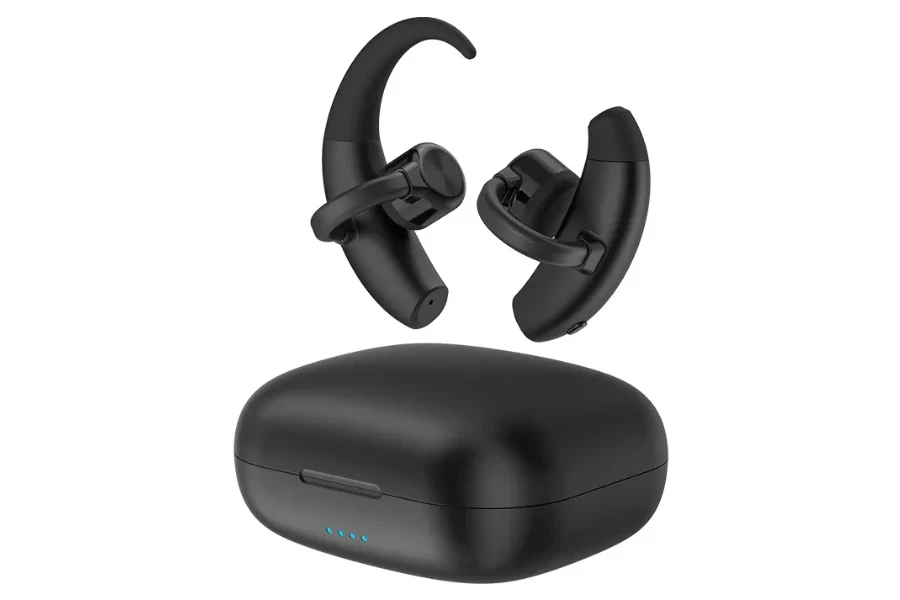
Weight: Water resistance rating: IPX Battery life: 3.5 hours Transmission distance: 10m
Some people may be looking for bone conduction headphones that don’t wrap around their head. These are a great option, however, they do sit partially in the ear like hearing aids. Overall, it’s great to have a number of options available as these may be a more comfortable option for some consumers.
Waterproof bone conduction headphones
For those seeking bone conduction headphones for swimming, there are some great waterproof options.
Basic bone conduction for the pool
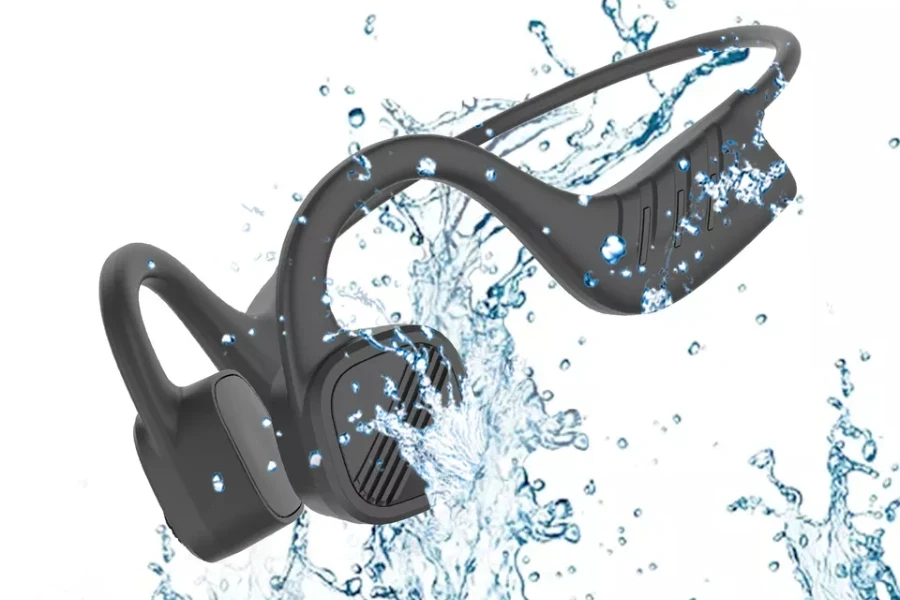
Weight: 32g Water resistance rating: IPX8 Battery life: 7 hours Transmission distance: 10m
With a water resistance rating of IPX8, these bone conduction headphones are perfect for the pool or the beach. However, they only have a Bluetooth transmission distance of 10 meters and no internal music storage. So, they are ideal for consumers seeking an option for swimming lengths at the pool.
Bone Conduction headphones for the pool w/ music storage

Weight: Water resistance rating: IPX8 Battery life: 6 hours Transmission distance: 10m
These bone conduction headphones are excellent for water, and they have the added benefit of music storage (8GB). So, consumers don’t have to worry about Bluetooth transmission distance.

Weight: 26g Water resistance rating: IPX8 Battery life: 8 hours Transmission distance: 15m
These bone-conduction headphones are similar to the above option but with a longer battery life and 16GB mp3 storage.
Bone conduction glasses
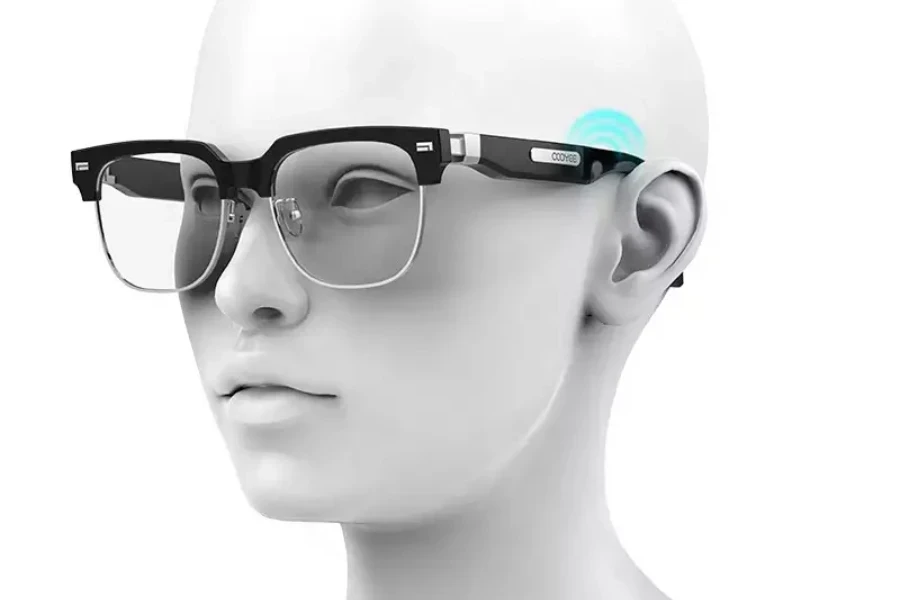
Weight: 41g Water resistance rating: IPX4 Battery life: 3 hours Transmission distance: 15m
Another great alternative to traditional headphones is glasses with bone conduction technology built-in. These are great smart glasses that can be worn for workouts. Also, it features many other functions, like navigation while driving or making a phone call.
Further, these devices come with different types of lenses depending on consumer needs. For instance, there’s the anti-blue glasses for consumers who are in front of screens regularly or sunglasses variants for hiking, running, cycling, etc.
Bone conduction technology is the future
The bone conduction technology has won the heart of athletes for all its superior features, and how well it supports workouts conveniently. On the brighter side, other consumers are taking interest in the technology, and the market is experiencing huge growth, making it a deal breaker for sellers. So, it’s a good time for retailers to stock up their inventory with this technology, and stay updated with relevant trends in this industry to make more sales.



